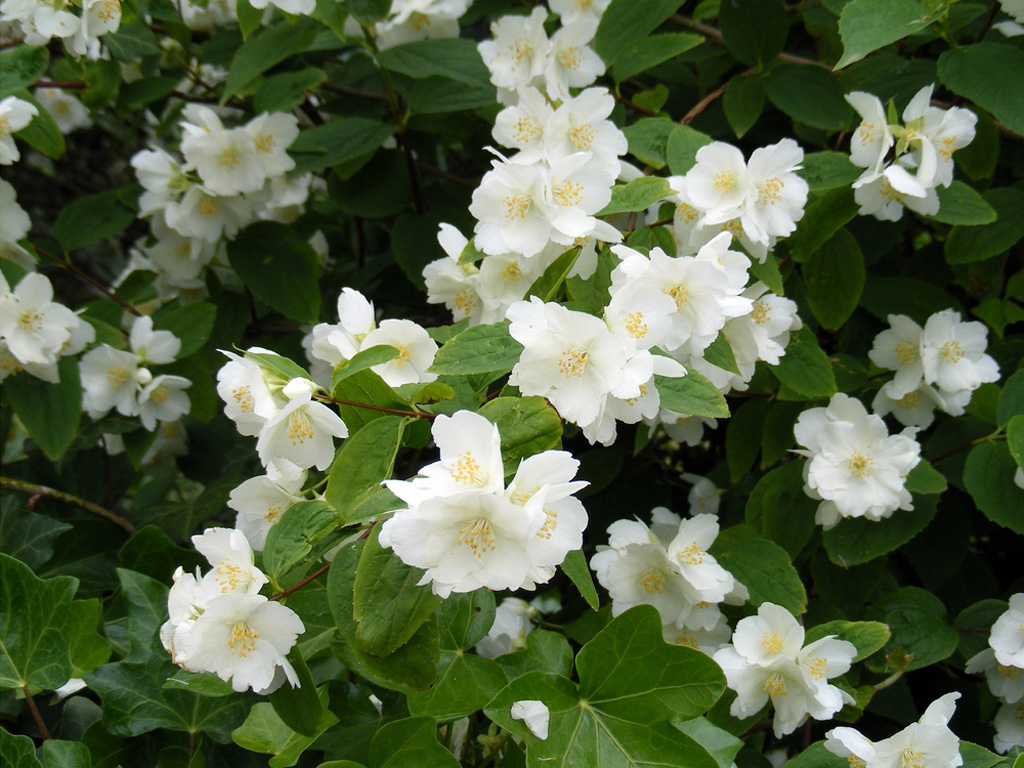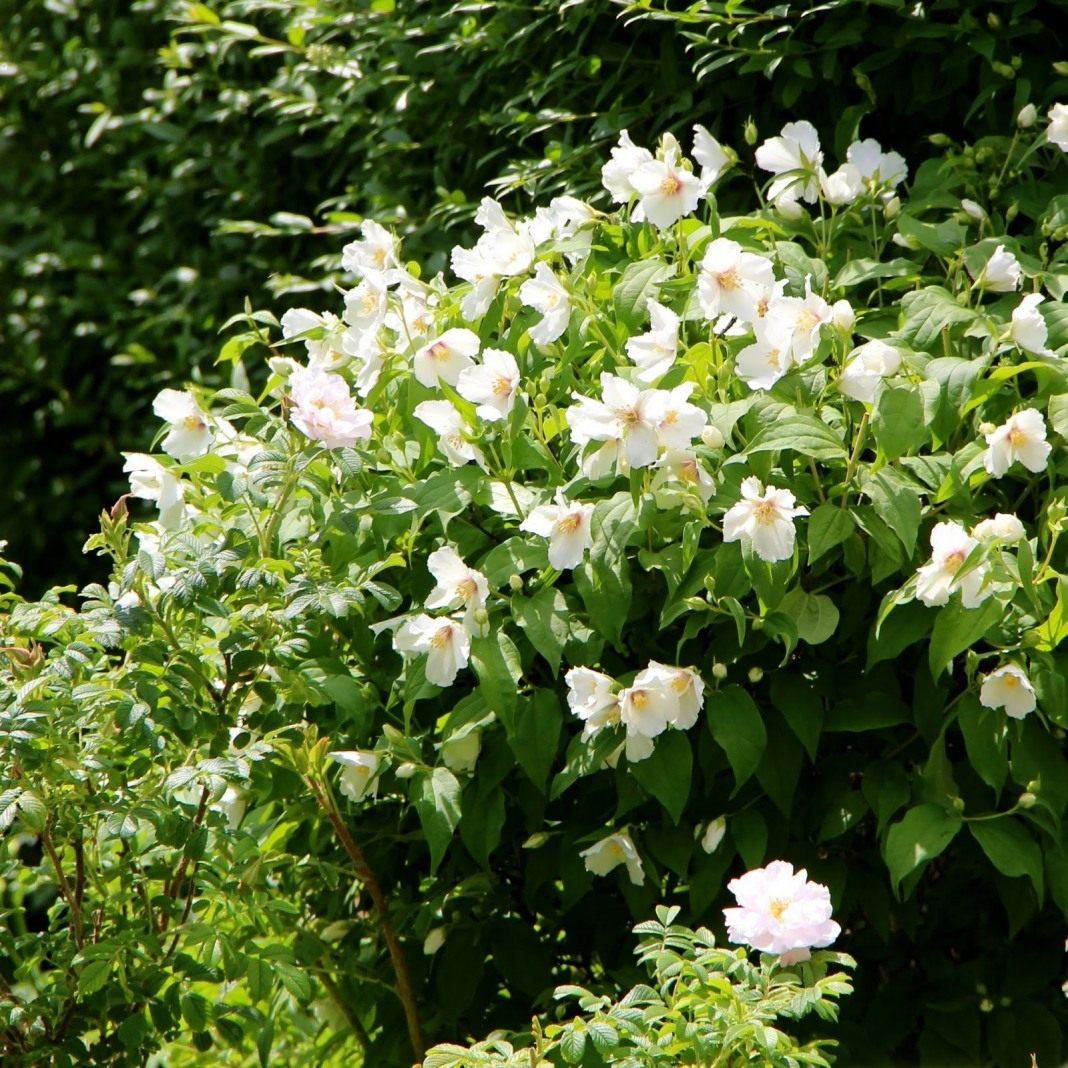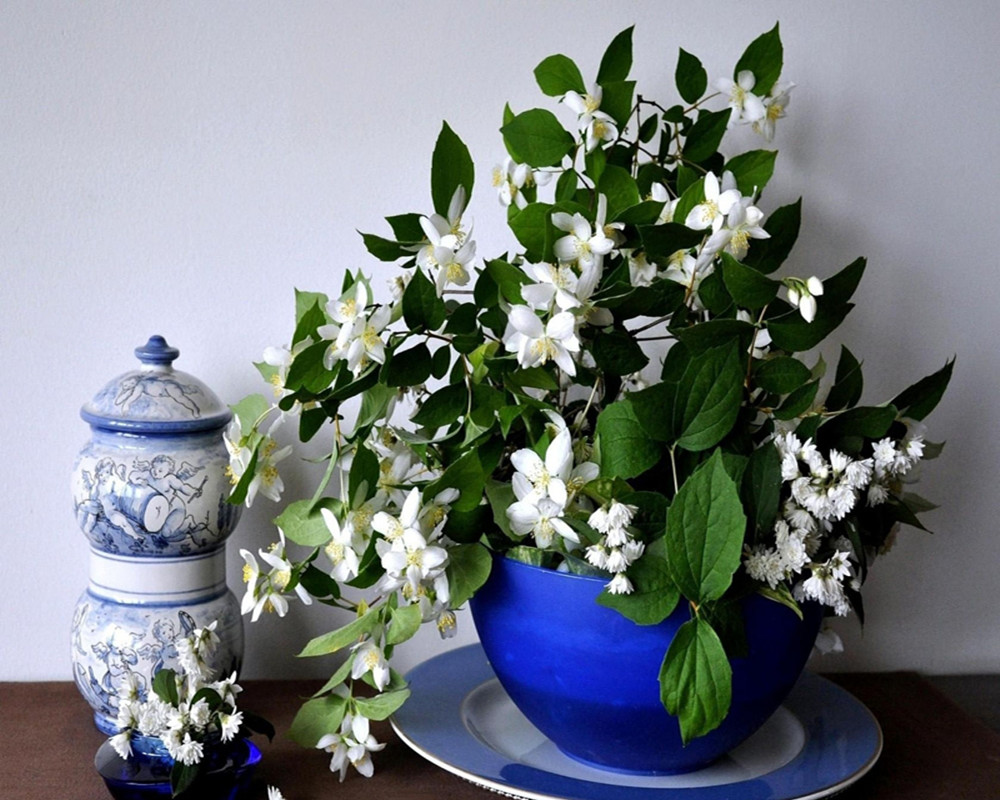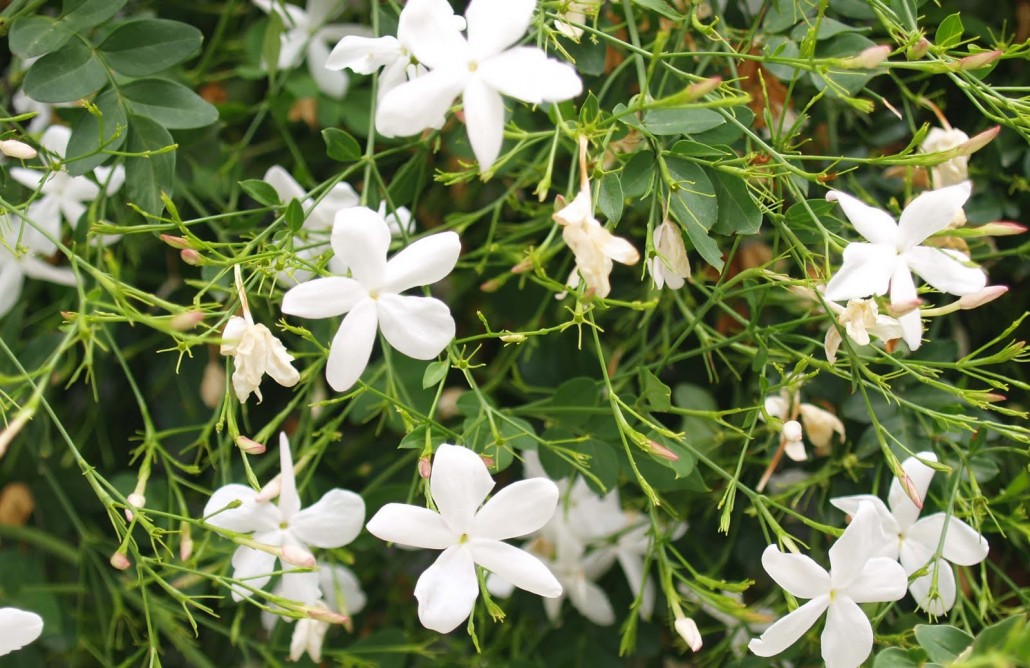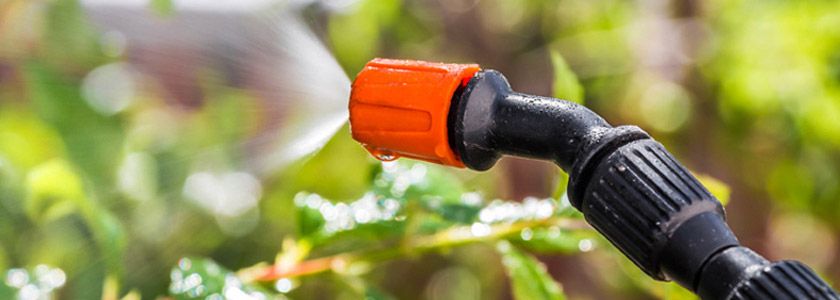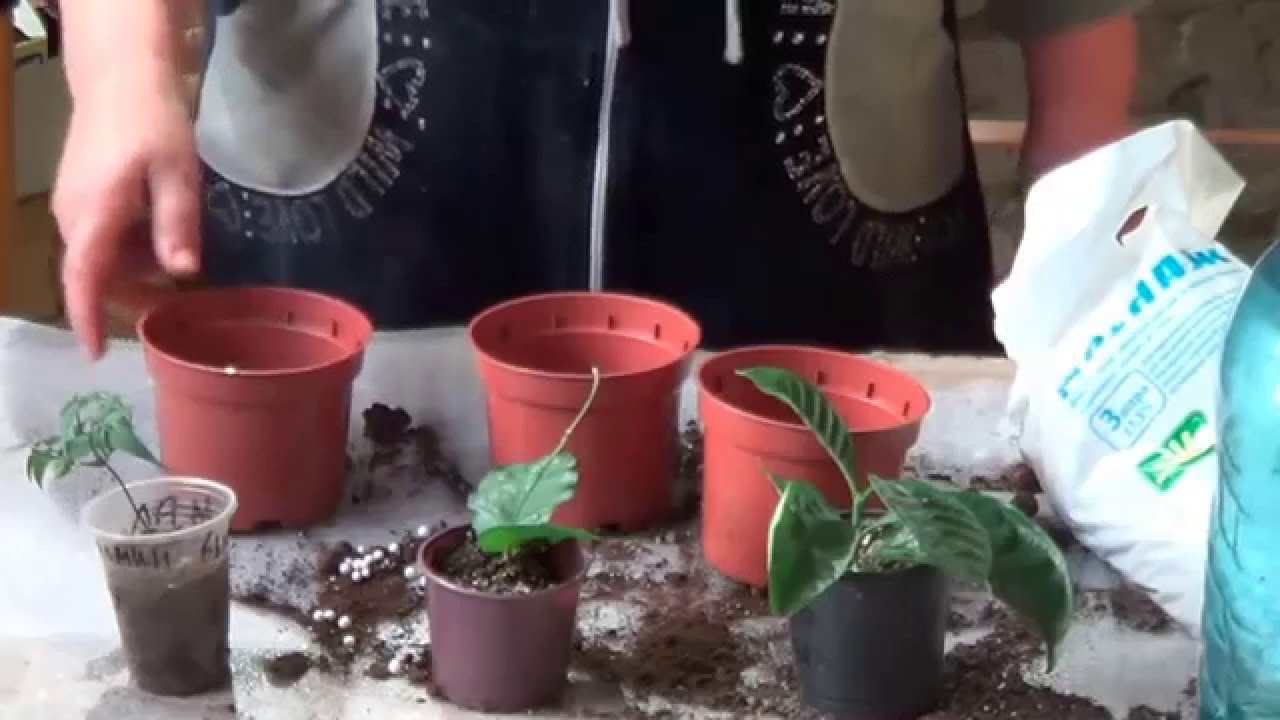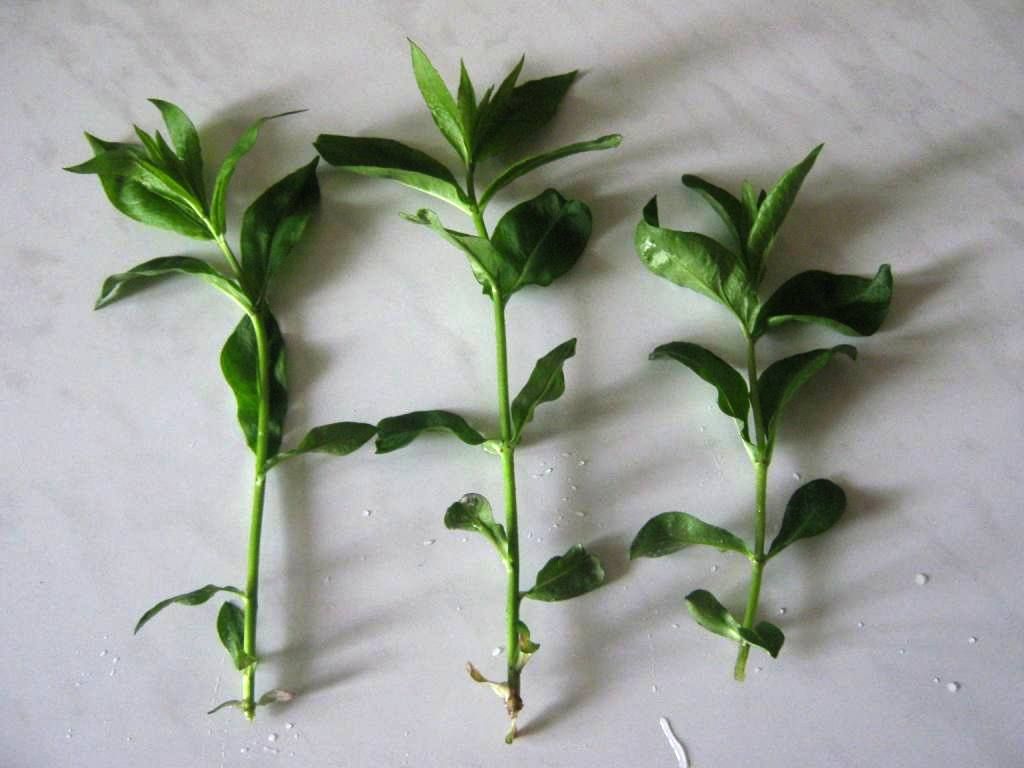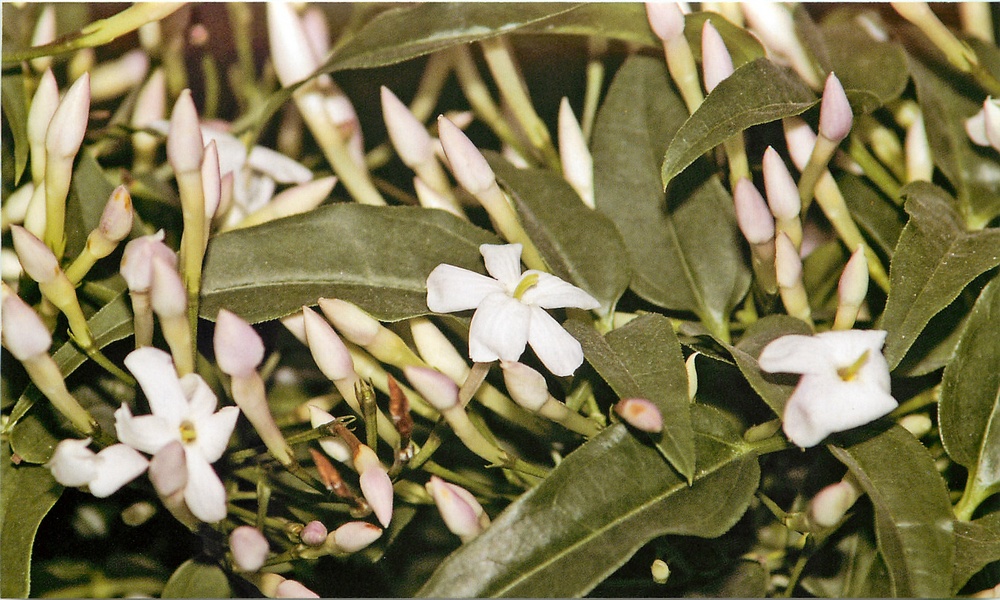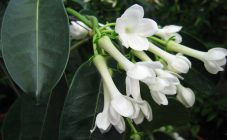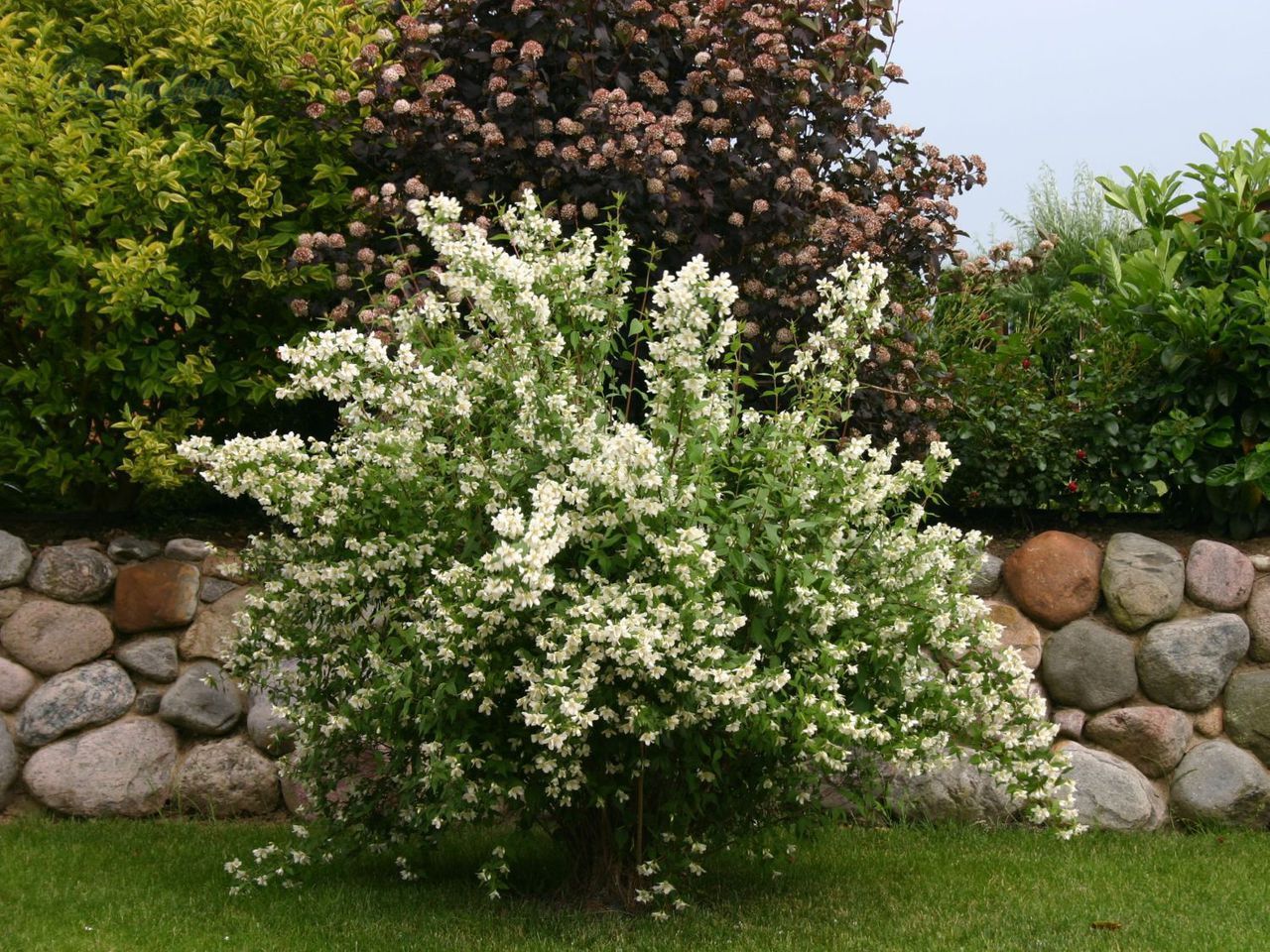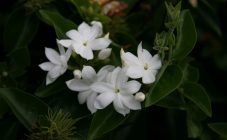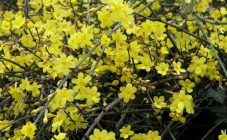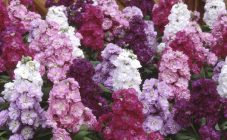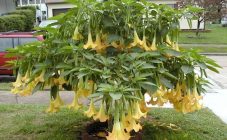Content:
Home jasmine is a perennial, ornamental evergreen shrub. He has unusually beautiful flowers that smell intensely delicate. It grows well at home on a windowsill, in a greenhouse. Has won the love of florists with long flowering and trouble-free growing.
Brief description of culture
The jasmine plant is an evergreen shrub that belongs to the Olive family. Originally from subtropical Europe and Asia. It is found naturally in the Crimea, in the Caucasus. There are 190 different types of jasmine.
According to popular belief, a flower in the house is a sign of prosperity.
Differences from a garden shrub
When talking about jasmine, people often mean the chubushnik bush, which is popular in the garden. These jasmine shrubs are not at all a relative of the fragrant pet, despite the similar aroma.
Indoor liana-jasmine is uniquely beautiful, always green, abundantly dotted with flowers with an exquisite aroma. Despite the nobility and elegance, real jasmine is unbearable and not hardy. Grown in winter gardens, at home, on window sills. In order for them to delight with beauty, proper care and the creation of special conditions for growth are required.
A jasmine shrub that grows outdoors is another matter entirely. Chubushnik, which is habitually called jasmine (which is wrong and erroneous), is a representative of the Hortensiev family. In fact, the sweet, pungent scent, similar to the famous jasmine, is the only trait that unites indoor plants with garden impostors. When comparing the two fragrances in shades and nuances, the difference is obvious. Also, the white flowers of the mock-orange do not look like those that bloom on the evergreen jasmine bush.
2 types of jasmine are suitable for growing in the garden:
- white - a tall bush (up to 1.5 m), dissolving boiling white inflorescences;
- yellow - bush 1 m high with flowers of the corresponding shade.
Those who do not have a summer cottage can grow indoor jasmine on the windowsill - a liana climbing on a support. She will delight with aroma and flowering throughout the summer.
Features of home growing
The indoor liana requires a lot of attention. She is moody, receiving standard care, can begin to dry out and disappear. Often the reason is not at all predictable, and not everyone can get to the bottom of the truth. Therefore, in growing a homely handsome man, you must strictly observe the conditions of detention, maintain a stable temperature regime, and monitor the indicators of soil and air moisture. Even small deviations from the norm can provoke a variety of problems.
Home care
Real jasmine is a light-loving plant. It is important to know how to care for jasmine by providing care. He does not tolerate artificial lighting and direct sunlight. He will be most comfortable on the windowsills of windows facing west and east. During the rest period, the lighting is not changed.
How to choose a pot for a plant
Jasmine as a home flower is a medium-growing plant, so it is planted in pots of low height. The choice of diameter depends on the size of the previous container. Each subsequent one should be 3 cm larger. Drainage holes are required. Clay, glass, plastic, and never metal pots are acceptable.
Soil composition
The soil for the plant is loose, light, nutritious, breathable and permeable. You can prepare it yourself or buy a ready-made substrate in a bag with a pH of 6 to 6.5.
The composition of the mixture depends on the age of the flowerpot. For the young, they take sand, peat, turf or leafy land in equal parts, for an adult with a ratio of 1: 2: 1.
Top dressing
Home care for a jasmine flower during the rapid growing season means feeding with special liquid complex fertilizers for indoor plants. The frequency of application is 4 times a month.
The plant does not react well to long-acting solid fertilizers, therefore liquid fertilizers are applied. After the jasmine has bloomed, fertilization is stopped until the following signs of flowering appear.
Watering
In spring and summer, watering is abundant and frequent. It is necessary to monitor the top layer of the soil: do not let it dry out more than 2 cm in depth. Controlling soil moisture is an ideal strategy for creating a jasmine-friendly environment.
In autumn, winter, when he is at rest, they water it carefully, without waiting for the earth to dry out. Waterlogging of an earthen coma is also unacceptable.
The main aspect of care is low humidity, the purpose of which is to ensure an abundant number of flowers. Even staying warm during this period, watering is gradually reduced, maintaining a minimum moisture content of the soil.
The difficulty of the correct regime for jasmine is maintaining high humidity. To do this, they resort to spraying from a sprayer in the summer, when it is hot, install trays with pebbles, moss under the pot, and turn on electric humidifiers. During the wintering period, spraying is not carried out.
Loosening the soil
After watering, you need to loosen the top layer of the soil so that a crust does not form on the surface. There is a worthy alternative to this procedure - mulching. It slows down evaporation, prevents the soil from drying out, and reduces the frequency of watering. Mulch with sawdust, shells, pebbles.
Pruning
This procedure helps to thicken the shrub by stimulating the growth of new shoots. Thin branches are cut by ½ shoot, and those that are thicker and more powerful - by a third. Very small - pinch. Pruned every year in late February - early March.
Reproduction
For breeding, vines are used in two popular ways:
Cuttings
Cuttings are not harvested from flowering branches in spring or summer. The scion must have 3 internodes. The lower sections are treated with any growth stimulant, thus increasing rooting.
They are planted with oblique cuts in a mixture of peat and sand to a depth of 2 cm, create conditions with a stable temperature (20 ° C) and humidity, covered with a bag or a cut plastic bottle.
After a month, the roots grow, the cuttings are planted in cups with a diameter of 5 cm.When the root system grows, braiding a lump of earth, they are transplanted into pots with a diameter of 9-11 cm.Further, the transplant is carried out annually, from 3 years of age - once every 2-3 years.
Layers
Propagating jasmine by layering, a vertical incision in the bark is made on the shoot in the internode area. This place is wrapped in wet soil, moss, then carefully secured with a strip of fabric. The moisture content of the incised internode is constantly maintained until roots are formed.Then the cuttings are cut off and planted separately. The whole process will take about a month.
Seeds
Why are jasmine seeds not suitable for growing at home? Having planted a seed of a hybrid plant, the result will be unpredictable. However, such reproduction is not prohibited, so experiments with seeds purchased from an online store, which guarantees the quality of planting material, are quite acceptable.
The best varieties for growing jasmine at home
As an indoor culture, several species are popular, similar in appearance to leaves, shoots, and the shape of bushes. They differ only in flowers. Florists recommend the following varieties:
- large-flowered blooms with small white buds, similar to tubes. This jasmine is planted in hanging pots or wrapped around a support;
- multiflorous has small buds of a pale pink color;
- Holo-flowered completely sheds its leaves during flowering with yellow flowers;
- Sambac is distinguished by year-round flowering with reddish flowers, a pleasant aroma. In dry form, inflorescences are used as an additive to jasmine tea.
Diseases and pests
The handsome indoor man becomes vulnerable due to improper care. Ticks, aphids, weevils settle on the bush. They suck out the juice, provoking deformation, yellowing, shedding of leaves. To prevent the massive spread of parasites, damaged branches are removed, irrigated with a soap solution. If there is no result, they are treated with insecticidal aerosols.
Homemade jasmine is difficult to grow. Only with maximum care will it grow, delight with beautiful flowering, fill the room with a fragrant aroma. If you follow what is described above, then the grower will succeed!
